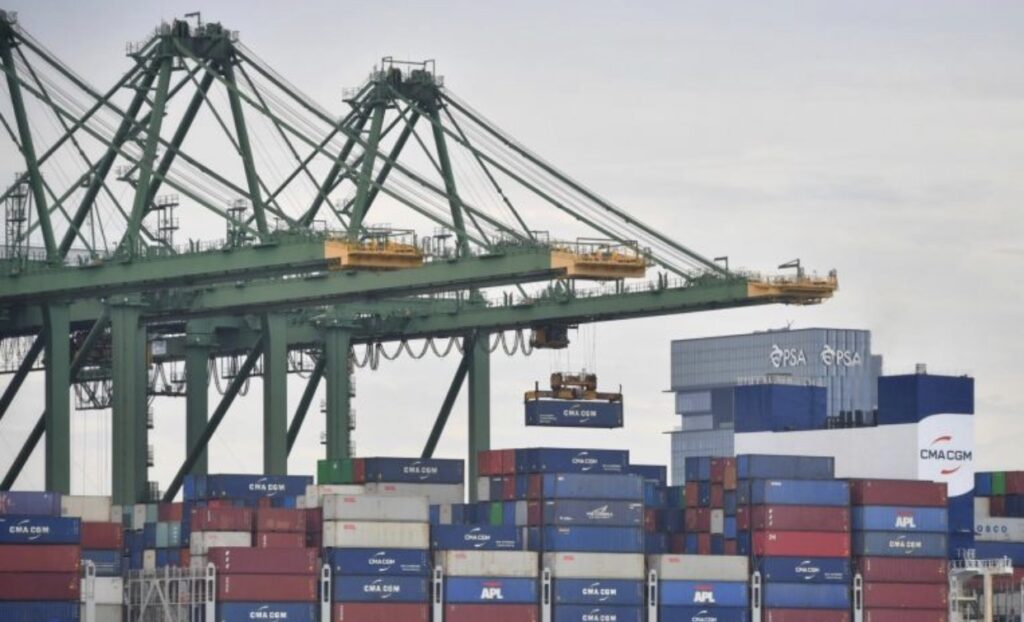Singapore aiming to reduce paperwork in cross-border trade in pilot with Chinese ports
Singapore is currently trialling digital documentation with two ports in China – Qinzhou and Tianjin – to facilitate trade by reducing the amount of paperwork involved in cross-border trade, Deputy Prime Minister Heng Swee Keat said on Tuesday (Dec 8).
The trials come as part of Singapore’s move to build its Networked Trade Platform, which will allow for electronic exchanges of documents needed for import and export, Mr Heng added at a virtual press conference after the 16th Joint Council for Bilateral Cooperation between Singapore and China.

Singapore launched the Networked Trade Platform initiative in 2018 to cut back on the paperwork involved in cross-border trade by digitalising the paper trail, among other benefits.
Mr Heng said if the trials are successful, electronic exchanges would help the private sector “deal with trade finance, trade insurance in a much more digital way”.
Under a new memorandum of understanding on China-Singapore (Tianjin) Customs Twinning Cooperation, Singapore and Tianjin in northern China will share best practices on the application of new technologies and improve risk management by exchanging permit data.
Trade and Industry Minister Chan Chun Sing said “Singapore can partner China to create more inclusive, international platforms that can better connect with the world, and work towards establishing global standards for a more inclusive and integrated global order”.
On the digitalisation front, Singapore is working on a pilot project with Shenzhen to mutually recognise electronic bills of lading, Communications and Information Minister S. Iswaran said.
A bill of lading is a legal and commercial document providing evidence for the contract of carriage, receipt and ownership of goods for a cargo shipment.
Given the intricacies of maritime trade law, the paper trail typically runs up to hundreds of pages for a single transaction.
Mr Iswaran said: “So if both jurisdictions are able to do this – and our plan is to get this going by the first quarter of next year – you can imagine the efficiencies and the productivity gains.”
“Potentially, we can then broaden that to between China and Singapore and through Singapore into the region. It will be a significant achievement,” he added.
Singapore has also expanded its Global Innovation Alliance to Shenzhen, he said. The alliance is an initiative to strengthenthe country’s connections to major innovation hubs around the world.
This is to link Singapore’s innovation enterprise system to Shenzhen’s, so that companies can work together and tap talent and ideas being developed on both sides, the minister added.
Sustainability and Environment Minister Grace Fu said Singapore and China will, over the next two years, cooperate in regional and international platforms like the United Nations Framework Convention on Climate Change and in Asean-China relations.
“Both sides will also enhance cooperation on circular economy and zero waste initiatives at the Sino-Singapore Tianjin Eco-City, and exchange best practices in carbon pricing and development of monitoring, reporting and verification requirements,” she added.
Source: TheStraitsTimes
You must be logged in to post a comment.